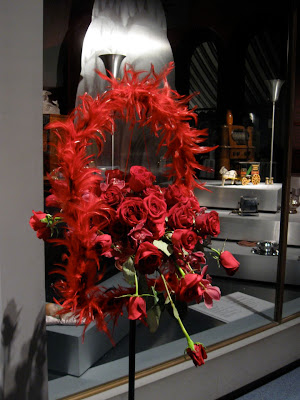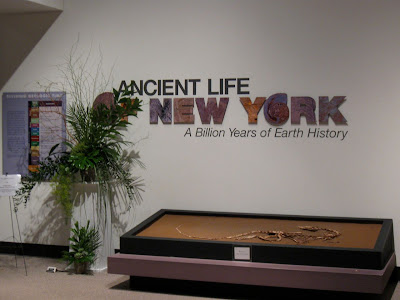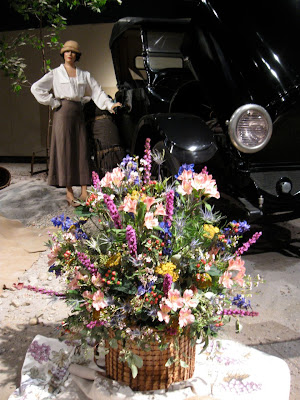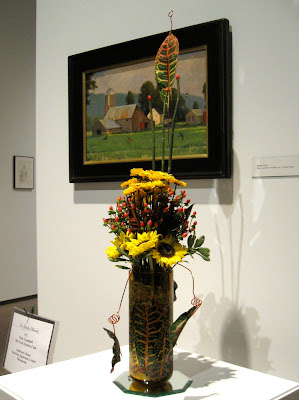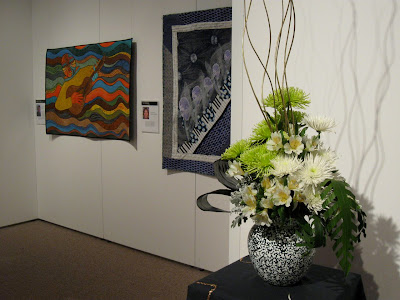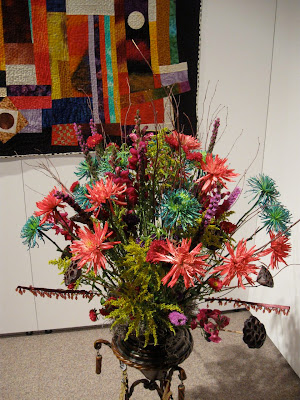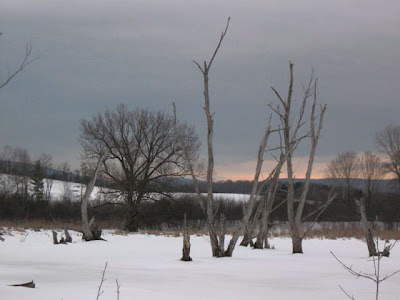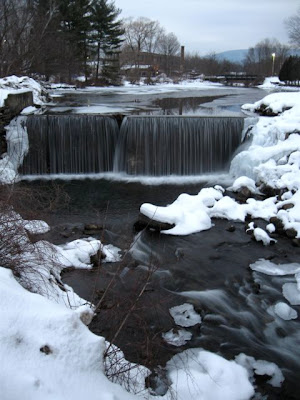Yesterday, the
New York Times posted an
article about "digital archivists" that has captured a lot of attention -- it quickly became one of the 10 most frequently e-mailed stories, and at the time of this writing, it still is.
The article, which is part of an ongoing series about emerging careers, isn't about the archival profession per se. Instead, it focuses on people who are responsible for preserving all kinds of electronic materials, among them digitized and born-digital records, publications, etc:
When the world entered the digital age, a great majority of human historical records did not immediately make the trip.
Literature, film, scientific journals, newspapers, court records, corporate documents and other material, accumulated over centuries, needed to be adapted for computer databases. Once there, it had to be arranged — along with newer, born-digital material — in a way that would let people find what they needed and keep finding it well into the future.
The people entrusted to find a place for this wealth of information are known as digital asset managers, or sometimes as digital archivists and digital preservation officers. Whatever they are called, demand for them is expanding.
The article goes on to profile Jacob Nadal, the preservation officer for the UCLA Libraries, who is responsible for ensuring that all types of materials in its collections receive proper care.
I was disappointed by the article's focus on the library world and by its conflation of "digital asset manager," "digital archivist," and "digital preservation officer." I was also convinved that there really isn't anything new here: many libraries have long had preservation officers, and the position (which has traditionally attracted archivists as well as librarians) is merely evolving in response to technological change.
At the same time, it gave me cause to reflect, once again, upon the manner in which the digital era is dissolving many of the traditional distinctions between librarianship and archivy. Archivists who work with electronic records or who are digitizing materials are focusing more of their attention at the item level -- if only because we're still figuring out how to automate various processing tasks. Librarians confronted with ever-increasing volumes of digital material are starting to think about describing materials at the aggregate level and exploring whether archival appraisal theory could help them focus their preservation efforts on their most significant holdings.
The belief that librarianship and archivy are converging is the fundamental premise of the
Best Practices Exchange, which brings together state government digital librarians and electronic records archivists, and has been explored in a growing number of journal articles, conference sessions, and the like. All of us are trying to figure out what this convergence means for our professions and our institutions, and we likely won't have any definitive answers for a decade or two, so I can't really blame the
Times for its lack of exactitude.
I can and do fault the
Times for failing to explain precisely how one becomes a digital preservation officer, digital asset manager, etc.: nowhere does the article note that people who enter this field tend to hold master's degrees in library/information science. However, I am pleased that it emphatically asserts that a heavy-duty information technology background may actually limit one's prospects:
Familiarity with information technology is necessary, but it is possible to have too much tech know-how, said Victoria McCargar, a preservation consultant in Los Angeles and a lecturer at U.C.L.A. and San José State University.
"People with IT backgrounds tend to be wrong for the job,” she said. “They tend to focus on storage solutions: 'We’ll just throw another 10 terabytes on that server.'" A result, she said, can be "waxy buildup" — a lot of useless files that make it hard to find the good stuff.
Finally, I'm cheered by the article's closing emphasis upon the intangible rewards of working in the public sector, which pays substantially less than the private sector:
As much as it might help his bank balance, Mr. Nadal cannot envision leaving UCLA for a corporate job. He finds the challenge of taming a vast collection of information for a major academic institution too appealing.
"We belong to the people of California and hold our collections in trust for them and for future generations of students, scholars and members of the public," he said. "Public-sector institutions just strike me as far, far cooler. They have better collections, obviously, and they are innovative, connected and challenging in ways that seem more substantial to me."
I've met lots of corporate records and digital asset managers who relish the challenges of their work, and I've encountered a few digital librarians and electronic records archivists who languished miserably in the public sector. However, for the most part, I agree with Mr. Nadal: life in the public sector is, on the whole, more varied, more challenging, and more fun. I love working in a government archives, and I hope that archivists (and librarians) who are just now entering the profession think seriously about the distinctive challenges and opportunities they will find in the public sector.








